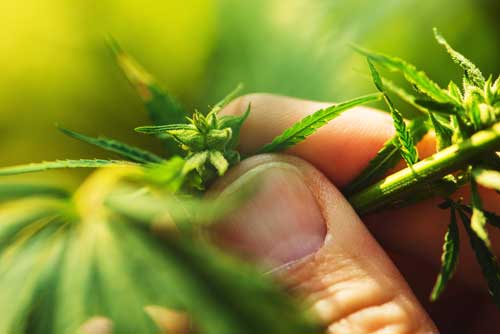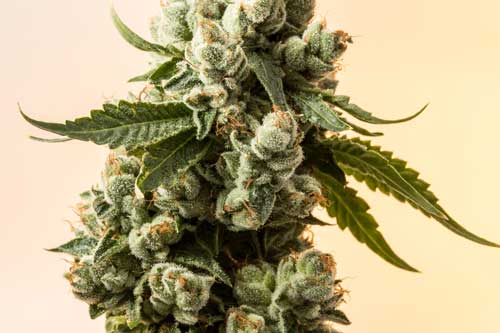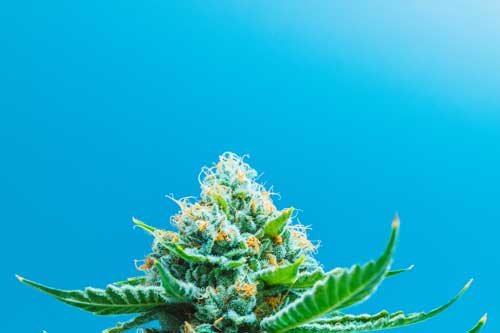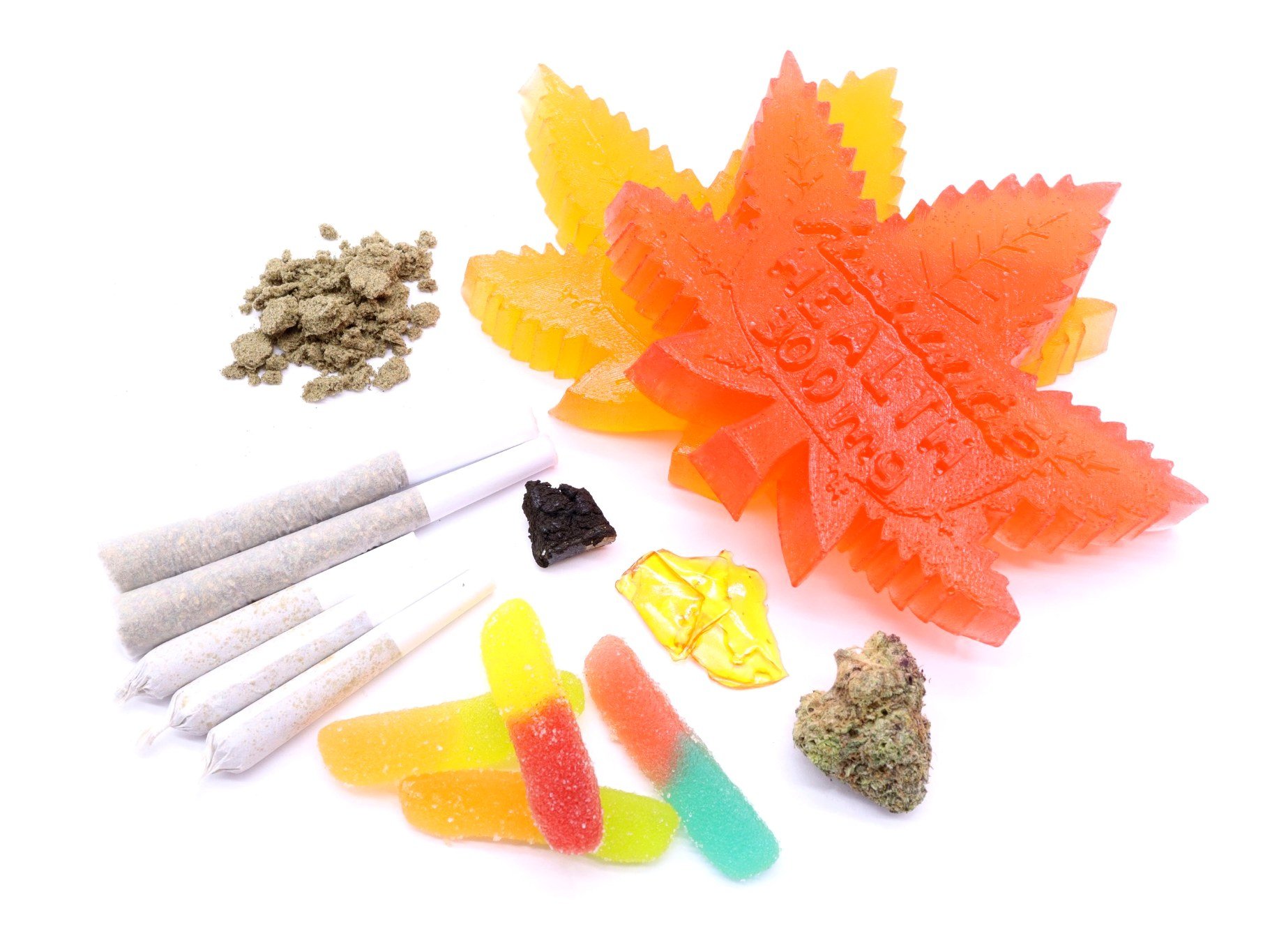Cannabis… Pot… Weed… Dope… Chronic… whatever you call it, it’s a plant unlike any other flowering species on the planet. I’m sure for many weed smokers, you’ve had to explain this to many ‘anti-dope’ people over the years. The stigma surrounding cannabis is deteriorating each day in our modern, legalized Marijuana era, but there’s still a lot of misconceptions about cannabis as a medicine.

Cannabis refers to the plant in its many forms: marijuana (dried and crushed leaves and flower buds), Hashish (the resin of flower buds), Cannabis extracts (oils, waxes, shatter). The cannabis plant has been used for thousands of years for medicinal, recreational and industrial purposes.
The two natural compounds found within cannabis that are most sought after are CBD (Cannabidiol) and THC (Tetrahydrocannabinol). CBD is a non-psychoactive component that has been shown to exhibit many health benefits. THC is known for its psychoactive qualities that give you a ‘high’, but also comes with its own healing properties. Whether you are a grower, a consumer or just interested in learning more about the nation’s favorite plant (next to the Maple Tree, of course), cannabis has some interesting traits for any need.
Cannabis that you smoke is derived from flowering buds of the female weed plant and can range in colors, potencies and effects depending on their genetics (commonly referred to as “strains”). Why don’t we consume male weed plants like we do females? Like the old adage, there’s a stark divide between Males (from Mars) and Females (from Venus) – sometimes their only relations are the fact that they inhabit the same solar system.
Let’s look at the differences between the plant sexes, and get to understand the biology of cannabis a bit better.
MALE VS FEMALE WEED PLANTS

Like humans, weed plants have male and female traits that set them apart from one another, and this goes beyond just procreation. For the avid botanist or average greenthumb, you may already comprehend how plants reproduce through pollination. For those of you who can’t even keep the company cactus alive in the breakroom, plant biology might seem like an alien concept. Nonetheless, it’s actually quite simple (and elegant) how plants seek to reproduce, and indeed why they grow the way that they do.
The reproduction of plants occurs in a variety of ways:
- Hermaphroditic plants grow single flowers that have both male and female reproductive organs.
- Monoecious plants produce two different types of flowers within the same plant.
- Dioecious plants produce male or female reproductive organs.
- Cannabis, is dioecious, meaning it produces male or female reproductive organs. It can also be tricked into developing hermaphroditic qualities, but this is typically due to extraneous environmental or nutritional circumstances (like stress, deficiencies or genetic mutations).

Male plants have small bulbs, or bubble looking green pockets coming out from the stem. Yes, we know what you’re thinking, and you’re correct – they’re often referred to as “the balls”… Back to the science, please. These pollen sacs generate pollen spores which pollinate the female plants via their pistils (the reproductive organ of the female plant). Female plants have little hair-like protrusions that grow from the pistil, called stigmas. These stigmas have the important job of catching a male’s pollen, leading to a very happy marriage and eventually little cannabis kidlets… Alright, plants don’t really romance each other, they just exchange and appropriate each other’s DNA (definitely not sexy, but practical as only nature can be).
WHO RUNS THE CANNABIS WORLD? GIRLS
Breeding cannabis is not a very common practice for the average weed-proponent – genetic engineering is typically done by commercial growers or the real experienced cultivators because it requires a lot of skill and knowledge. Most cannabis cultivators “clone” strong genetic specimens, known as “Mothers”. These queens of the cannabis crop are strong, potent or exhibit desired traits that a grower wants to cultivate. A “clone” is simply a cutting – or a part of the Mother plant – that is removed and grown on its own in a crop of similar cuttings. A Mother plant can be kept alive and given expert care for as long as possible, whereas most crops are a “one and done” life cycle from seed (or cutting) to harvest.
The buds that we consume are all from female weed plants. Those who know how to breed cannabis will only introduce male plants in order to pollinate female plants which allows them to create a new strain or collect Marijuana seeds for their next season or crop. So you’re saying that the male’s job is just to reproduce?! Sounds like a dream job for many male readers, right? Unfortunately for the male cannabis plant it’s not a glamorous role, as they’re avoided like the plague, or outright destroyed, if present in a crop. This is because cultivating cannabis for its flowers (buds) is a subversion of nature – we’re controlling the environment, lifecycle of the plant towards a certain goal. In effect, growing cannabis means tricking the female pot plant into growing how/when/what we want in order to consume the end product. Male pot plants can’t be allowed to reproduce and fulfill their purpose because that removes the opportunity for those big, beautiful nugs! It’s a tough life for male weed plants, but in the cannabis world it’s the females who get all the love and attention (and rightly so!).
BREEDER’S CHOICE
When female weed plants grow, typically growers will leave the plants together because they want uncontrolled pollination so they can get their seeds. Seeds are another popular method of growing cannabis – naturally, plants come from seeds, but people have learned to both germinate seeds as well as clone plants. Germinating is typically viewed as being more difficult as you are adding several steps, and due to the fact that seeds can be finicky. Either way, it’s about personal preference in growing technique (and not to mention, why you’re growing in the first place).
You can take the male wplants away from the plant by cutting them, drying them, then taking their pollen, and freezing it down. Growers will do this because every male cannabis plant is a little bit different and allows them to control their varieties of cannabis better.

When creating a new variety, you can make a hermaphrodite that contains both a male and female part. If you do not care about the type of strain you get out of your cannabis plants, you can leave the males, but if you are looking to control the strain, you’re going to be ripping those males out. By isolating the males, you can harvest and store the pollen for future use, or simply focus on the females for the flowers. Many growers dabble in both breeding and flower crop growing, but no matter your preference there’s a lot to know when it comes to growing this complicated plant.
SPECIES SPECIFICS:
TYPES OF CANNABIS
Bet ya didn’t know there was just one… oh, you did? Well, this is awkward.
There are three known types of Mary-J. To the experienced weed smoker, the first two probably come as no surprise, but many people aren’t familiar with the third. Each type has a unique biology and traits (such as being higher in THC, CBD or other cannabinoids) and they’re each associated with certain growing environments. The umbrella categories that most cannabis falls under are: Sativa, Indica, and Ruderalis.
SATIVA
The first family of weed we are going to cover is Sativa. A popular choice for those who want a more sociable, energetic high, this cannabis leaf appears thin, pointy, and jagged. Sativa can help with anxiety, depression, chronic pain, focus, creativity, increasing serotonin (which is associated with regulating mood, sleep, anxiety, learning, appetite and more). Sativa leaves have a color that ranges from light to dark green and are associated with having a higher THC profile than the other types of cannabis.

Hemp, used for industrial purposes and recently legalized in the U.S., is a species of Sativa but is unique in that it is produced for its high CBD content. In fact, one of the defining features of hemp’s Federal approval was its very low, almost non-existent THC levels (<0.3% average). Hemp is used to make various sustainable products such as beauty care products, clothing, food, paper, ropes, insulation, biofuel and more recently health & wellness CBD.
INDICA

The second type of weed we are going to look into is Indica. This marijuana is commonly associated with the laid-back, chilled-out stoner. Its color appears olive-like green, with the leaves growing much shorter and wider. Indica is most popularly used for mental relaxation, muscle relaxation, decreases acute pain, increases appetite, increases dopamine (which is a neurotransmitter that helps control the brain’s reward and pleasure centers). Indica is commonly used at night time since it often results in a powerful relaxing effect.
RUDERALIS
The most commonly overlooked form of cannabis is Ruderalis – also known as “Autoflower”. The reason that this is the most commonly forgotten of the cannabis leaves is because of the disagreement amongst botanists as to if it is a separate species or subspecies. Ruderalis cannabis is believed to be a descendant of the Indica plant that transformed with harsh climates and the shorter growing seasons of the northern regions where it originates.

Botanists came up with the term Ruderalis to describe a hemp plant that escaped from growers’ monitored fields. After the plant escaped, it adapted to changing weather conditions and turned into the Ruderalis plant. Cannabis Ruderalis has lower concentrations of THC and is often used for cross-breeding strains. Why do they call it the “Autoflower”? Well it does exactly that: Ruderalis can kick itself into the flowering stage, without environmental change or manipulation. This has made Ruderalis’ popularity grow as fast as the actual plant does – Autoflowers can handle harsher climates, have a typically quicker life cycle, and require far less attention and care. For these reasons, Ruderalis is popular among newer, less experienced growers who are learning the ropes.
Cannabis, weed, marijuana, electric lettuce, skunk cabbage… whatever you call it, and no matter why you’re growing or smoking it, this plant is as fascinating as it is complicated. We’re only just scratching the surface with its potential, so keep your eyes and ears open for more developments in the near future. But of course, don’t forget to kick back and chill out, because that’s what cannabis helps us do.


